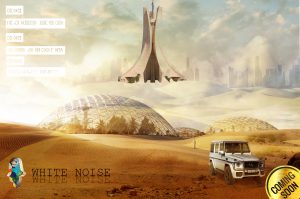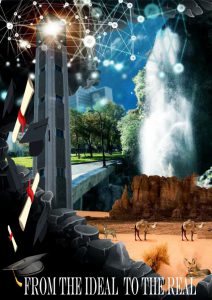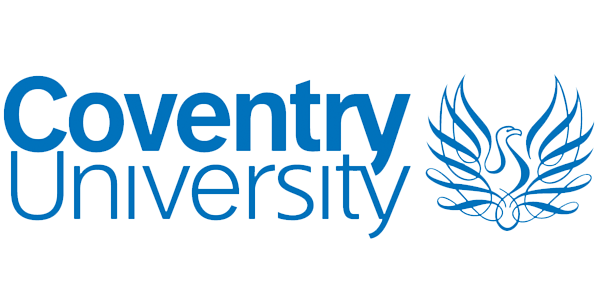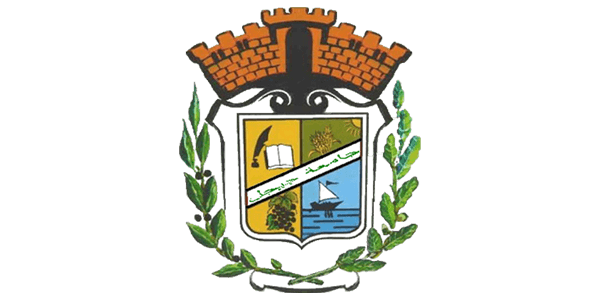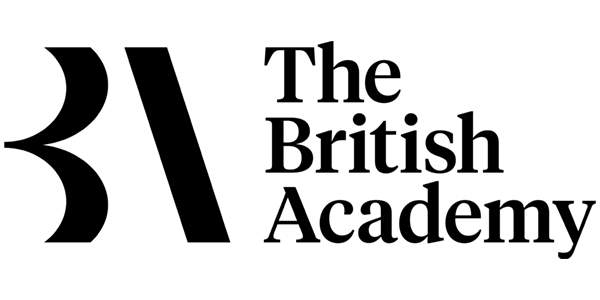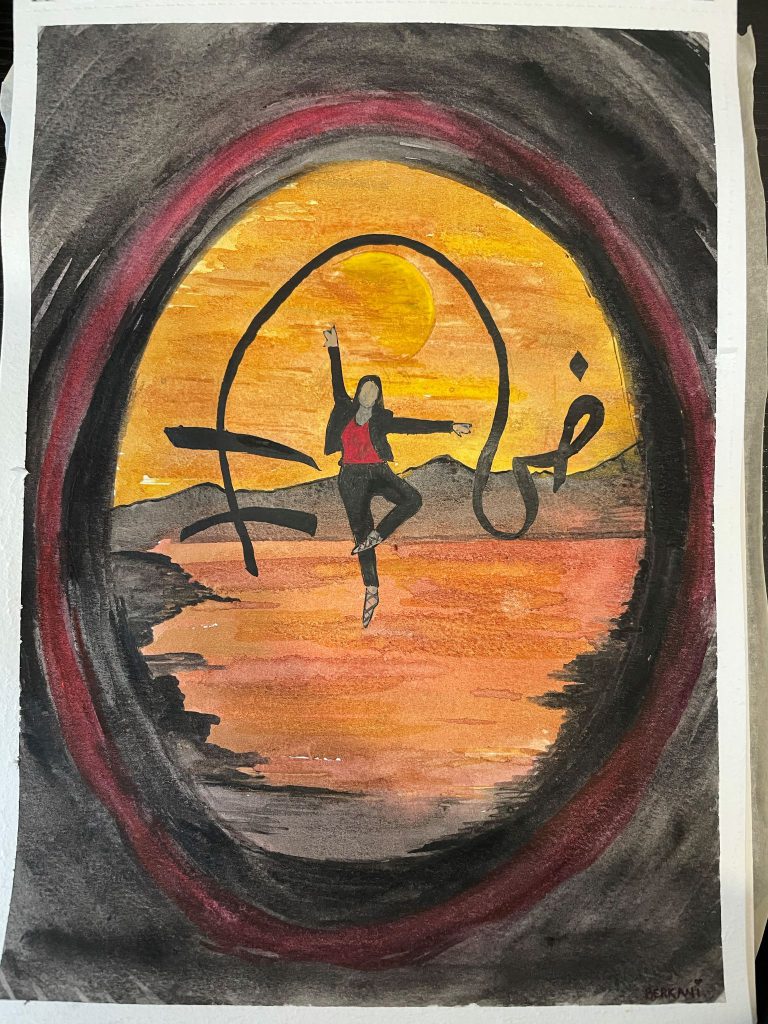
Faced with the challenges and uncertainties linked to the environmental and climate crises, the global pandemic and the ripple effects into our societies and economies, how do young people imagine their futures? How would they wish them to be? To actively create those futures, are they first able to imagine them creatively?
These were some of the powerful and challenging questions raised and discussed during a series of online creative workshops facilitated by Dr Patrick Crowley, Head of the School of Languages, Literatures and Cultures at University College Cork in Ireland as part of our Youth Futures project. Bringing together our network of PhD researchers from across Algeria and the UK, the responses were even more powerful.
How can we imagine the future through art?
The purpose of the exercise was to creatively imagine Algeria’s futures using the medium of artistic creation. Participants were asked to choose something that helps reflect on the relationship between them and their imagined Algeria. Through the creation of a poem, short video, a piece of fiction, a painting or a multi-media production, participants were guided to produce creative outputs to express their understanding, projections, concerns and hopes for the future.
Within their chosen form, that might incorporate music and text image, or an image of a specific memorial or building that has meaning for them, participants then imagined an aspect of a future Algeria. This was not necessarily as a clearly defined message. Instead, it could be oblique or opaque, a piece of fiction, a creative work, that allows one to imagine a future, within the secrets of art.
Some chose to develop a theme such as sustainability, tourism, heritage, participation, environment or employment. Some of the themes remained a secret to all except the author, whereas others targeted the audience, like a direct call for action.
This is the pleasure of art,” explained Dr Crowley. “It does not have to be explicit. Through the arts, we can explore a place or a person, and imagine a future for both. By exploring an imagined future through form and the interplay of forms, we are liberated to think creatively about how things could be in alternative futures. To create the future we want, we first need to imagine it.”
Patrick Crowley
What kind of future do we imagine?
In shaping, mediating, and conveying the subjects through text, images, clay, sound, light, paintings, film and graphic design, the participants combined different techniques. Fragments of narrative, interplay of forms, fact and fiction, were employed to engage with different themes and ideas of their futures.
Experimenting with how to ‘write a future Algeria,’ major questions and aspirations emerged which were debated in workshops and small group discussions over a number of months. Critically reflecting on their work, and on the wider societal questions represented through their creations, the group together brought out a number of important themes they wanted to explore further.
Jobs, fairness, merit, and equality came across in a number of the artistic creations. The hands at work, by Nawal Kadri, called for the values of honesty, integrity in the management of a future workplace, and access to it, in which, as Nawal explained,
all would have the same chances of succeeding. Opportunities would be based on skills, achievement, effort, merit and transparency.”
Nawal Kadri
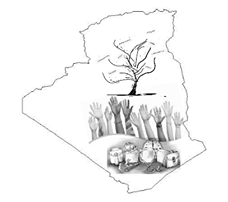
The hard work of those who invest in the future, through education and training, would be recognised. Human resources management would draw on those areas where Algeria was doing well, such as in the successes of the national football team. And, in the words of doctoral researcher Hicham Baali, who played with images of famous and successful examples,
the right person would be in the right place, in the right job.”
Hicham Baali
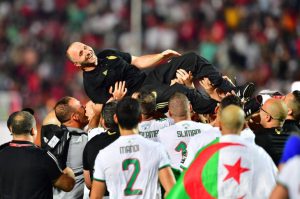
The importance of valuing cultural heritage and traditional, inherently sustainable practices, also emerged as a key aspiration. A whole model village was built in clay by PhD researcher Fatima Askri, using local materials, valuing local cultures and literatures, traditional medicine and building, and emphasizing the simplicity and beauty of traditional ways of living and being.
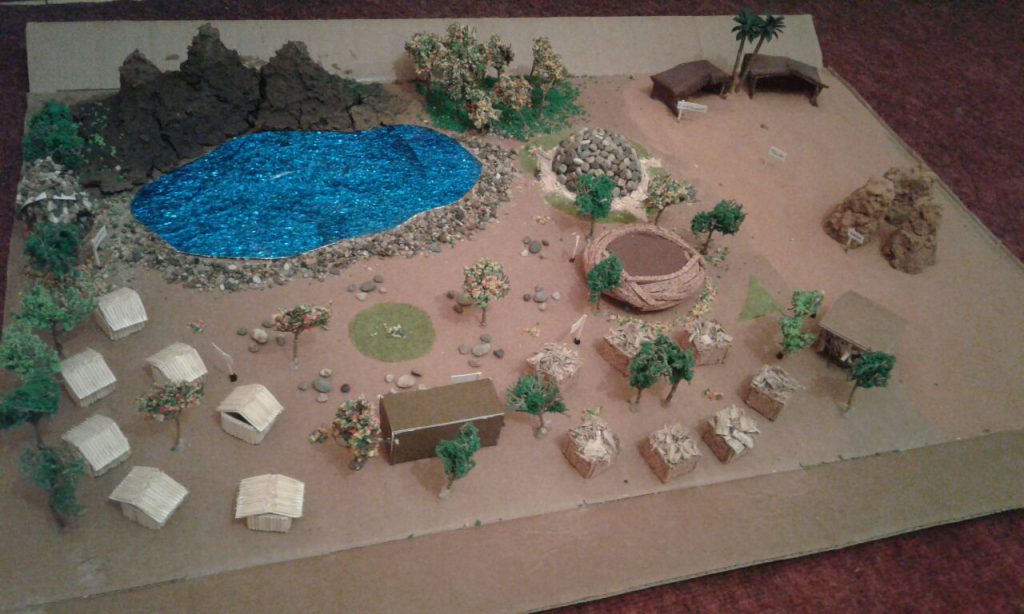
Energy, progress and sustainable futures in the desert also came through as important theme. New and innovative industries such as renewables, solar but also spirulina, biofuels and sustainable agriculture were discussed and represented through film, image and sound. The thought provoking and powerful clip White Noise by PhD researcher Soumia Benamara speaks directly to these themes as well and to more subtle meanings.
Difficult challenges around pollution and waste were also represented through images, juxtaposed with how a clean and healthy future could appear such as in the work by Loubna Nacer. Learning from other contexts, developing civic awareness and education, preserving wilderness and nature were the responses to these challenges as shown in graphic design, image and film.
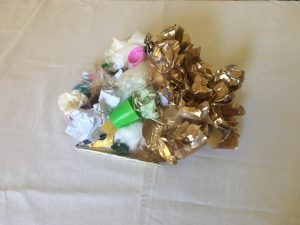
Freedom of expression, greater creativity in the public space, embracing new technology entwined with themes of sustainable agriculture, a cleaner environment, fair use of resources, and transparency in governance and leadership. Respect for the environment and preserving nature, went hand in hand with questioning the capitalist system, promoting our own wellbeing and ensuring fairness in these imagined futures of a ‘New Algeria.’ These emerged throughout the works, particularly in those of Khoudir Baali, Soumia Benamara and Hicham Betahar.
In terms of the difficulty the task, PhD researcher Ikram Berkani who painted Dzaïr, described how,
The task of imagining Algeria’s future was quite challenging for me. I always had positive and optimistic expectations of a thriving future Algeria, led by young, elite Algerians. Although I had several personal perceptions of what Algeria could become in the future, I particularly struggled to imagine a future Algeria without going back to the past.”
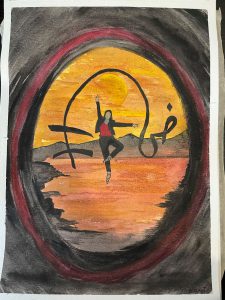
For Ikram, the need to come to terms with past trauma, from both colonialism and the Black Decade of the 1990s, is represented in the painting by two black circles with the bloodshed in red. The Ballerina, an image from the Hirak demonstrations which has become a symbol of the quest for freedom and democracy, then represented the future.
The ballerina, the way she stands, and the way her arms are open is a symbol of hope and resistance, and her presence in my painting stresses my belief in the significance of women’s engagement and contributions in creating a future Algeria.”
Ikram Berkani
Coming to the final sessions of these powerful workshops, emerging themes will guide our next steps in listening to young people. We will reach out to those engaged in preserving their local environments. We strive to be open to alternative ways of expressing aspirations, projects and ideas and to value local knowledge to imagine and debate how a better future could be. If you would like any further information on this, or any other part of the project, please use the “contact us” page on this website. We would love to hear from you.

